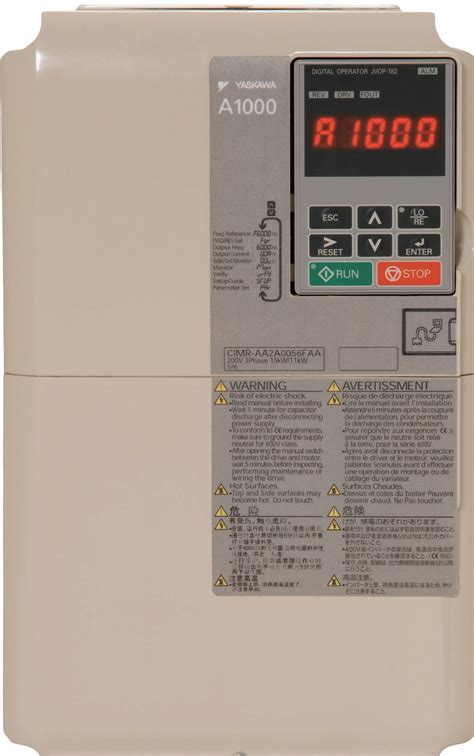Yaskawa MotoSim: Speed Up Your Debugging with Code Comments
Debugging robotic programs can be a time-consuming and frustrating process. However, with the right techniques and tools, you can significantly streamline this workflow. One often-overlooked but incredibly effective method is the strategic use of code comments within your Yaskawa MotoSim programs. This article explores how leveraging comments can drastically improve debugging speed and efficiency.
What are Code Comments?
Code comments are explanatory notes within your program code that are ignored by the compiler or interpreter. They serve as annotations for human readers, providing context and clarification. In MotoSim, comments help you understand the logic behind specific code sections, making troubleshooting significantly easier. They don't affect the robot's execution but act as vital documentation for developers.
Why Use Code Comments in MotoSim?
Using comments effectively in MotoSim provides several key advantages:
-
Improved Readability: Comments make your code more understandable, even months or years after you wrote it. This is especially crucial in complex robotic programs involving multiple routines and functions. Understanding your own code, or that of a colleague, becomes significantly faster.
-
Faster Debugging: When an error occurs, comments guide you to the problematic sections. Instead of painstakingly tracing every line, you can quickly pinpoint the areas of concern based on the contextual information provided by the comments.
-
Enhanced Collaboration: In team environments, comments are invaluable for knowledge sharing and collaborative debugging. They clarify the intent and functionality of different code segments, promoting efficient teamwork.
-
Simplified Maintenance: As programs evolve, comments help maintain consistency and clarity. Understanding the purpose of specific code sections simplifies updates and modifications, reducing the risk of introducing new bugs.
-
Better Documentation: Well-commented code acts as self-documenting, reducing the need for separate documentation files. This keeps everything organized and readily accessible.
How to Write Effective Code Comments in MotoSim
While the benefit is clear, the how is crucial. Here are best practices for effective commenting:
-
Be Concise and Clear: Avoid lengthy, rambling explanations. Focus on the essential information.
-
Explain the "Why," Not Just the "What": Don't simply restate the obvious. Explain the logic, purpose, or intent behind a specific section of code. For example, instead of
// Move to point A, try// Move to point A to avoid collision with obstacle X. -
Use Consistent Formatting: Maintain consistency in your comment style (e.g., single-line vs. multi-line comments) for improved readability.
-
Update Comments Regularly: Keep your comments synchronized with your code. Outdated comments can be more confusing than helpful.
-
Comment Complex Logic: Focus your comments on areas of the program that might be difficult to understand at first glance.
Addressing Common Debugging Scenarios with Comments
Let's explore how comments can help in common debugging scenarios:
H2: What are the most common mistakes when using code comments in MotoSim?
Common mistakes include: outdated comments, overly verbose or unnecessary comments, and inconsistent formatting. Avoid these pitfalls to maintain the usefulness of your comments.
H2: How can I use comments to debug a specific section of my MotoSim program?
By adding comments before and after suspected problem areas, you can isolate the code for easier debugging. Comments can also explain the expected behavior, highlighting any discrepancies.
H2: Are there any specific comment styles recommended for MotoSim programming?
While MotoSim doesn't enforce a specific style, maintaining consistency is key. Consider using a standardized format for your comments (e.g., block comments for longer explanations, inline comments for concise notes).
H2: How do code comments improve teamwork when multiple programmers work on a MotoSim project?
Comments greatly enhance teamwork by providing context and clarifying the purpose of different code sections. This makes it easier for programmers to understand each other's work, reducing confusion and streamlining the debugging process.
Conclusion
Incorporating effective code comments into your Yaskawa MotoSim programs is a simple yet powerful technique to dramatically reduce debugging time and improve overall code quality. By following these best practices, you'll create cleaner, more maintainable, and easier-to-debug robotic programs, ultimately leading to increased efficiency and productivity. Remember, well-commented code isn't just about making the program understandable; it’s about building a robust and sustainable foundation for future development and maintenance.

